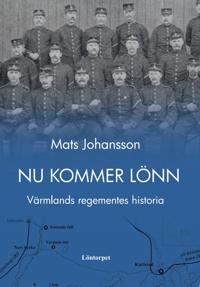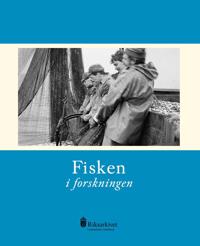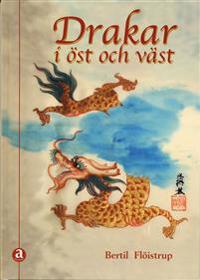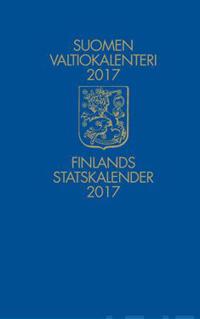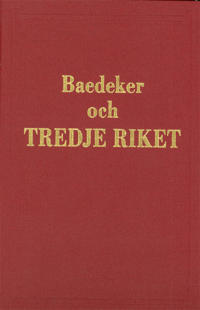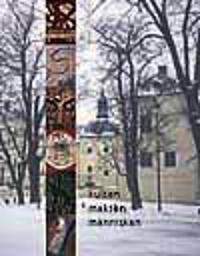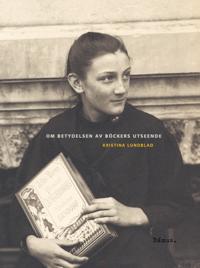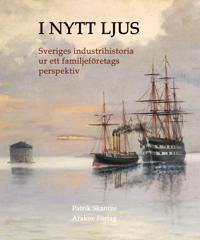Textiles have always played an important role in human prehistory. Weaving and other types of handicraft demanded logical thinking and creativity. This thesis deals with textiles found in burials in Mälardalen east central Sweden in 500–800 AD. It is based on three case studies focusing on the textiles contextualized together with other grave goods such as dress accessories weapons helmets regalia food and household equipment. The textiles used in the boat-graves were mainly identified as mattress covers cushions pillows horse equipment linings and other covers and wrappings. This is in contrast to the other inhumation and cremation graves of the period where the textiles above all belonged to the category of dress. The thesis also presents a survey of the development of textiles in Sweden including raw materials such as wool flax silk metal leather bulrush and down spinning and weaving techniques textile production costumes and trade. It is concluded that two major changes occurred in the development of textiles: the introduction of new weaving techniques around AD 550 and the appearance of new materials such as silk together with silver passementeries around AD 800.
Läs mer om Burial textiles : textile bits and pieces in central Sweden AD 500–800

Hitta Historia & Arkeologi även hos:




